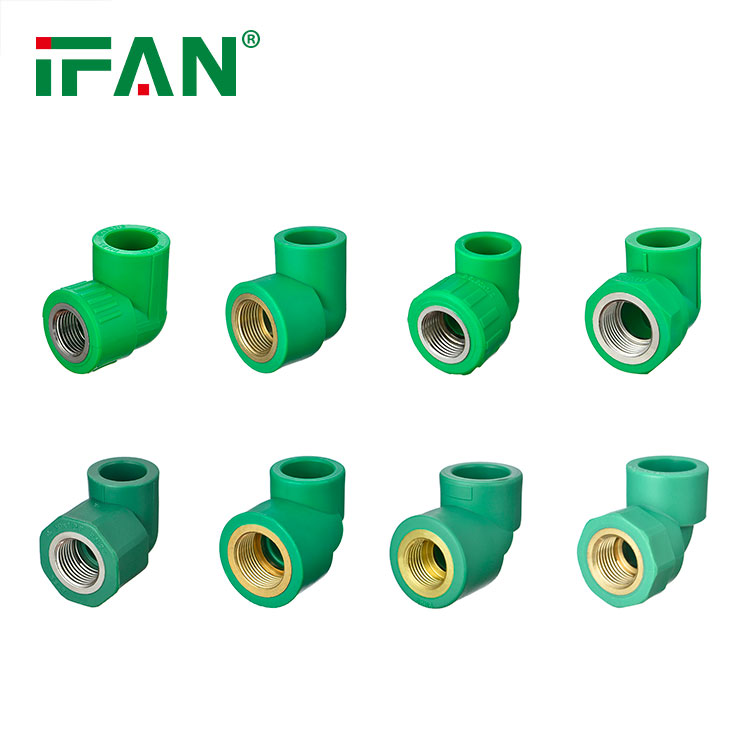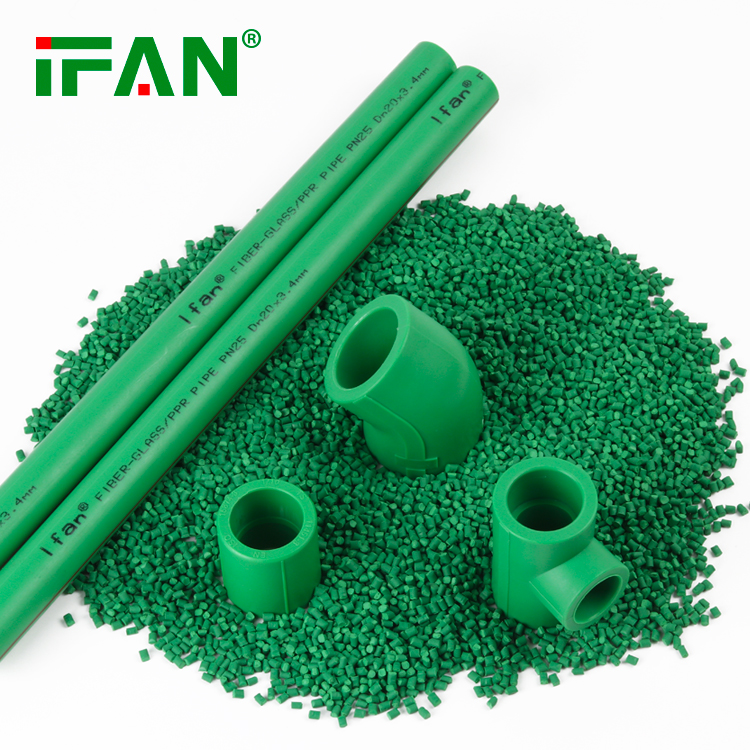Introduction
Exploring the Different Connection Methods for PPR Elbows
PPR (Polypropylene Random Copolymer) elbows are widely used in plumbing systems for their durability, flexibility, and resistance to high temperatures and pressures. These elbows are crucial components that enable smooth and efficient flow of fluids in various applications, including residential, commercial, and industrial sectors. In recent years, there has been a growing interest in exploring different connection methods for PPR elbows to enhance their overall performance and installation efficiency. This article aims to provide an overview of some of the innovative connection methods being explored for PPR elbows.
Threaded Connection
One of the traditional methods of connecting PPR elbows is through threaded connections. This method involves using male and female threads on the elbow ends, which are then tightened together using thread sealants or Teflon tapes. While threaded connections provide a reliable and leak-free joint, they require skilled labor and can be time-consuming. Additionally, frequent disassembly and reassembly can lead to wear and tear on the threads, reducing their effectiveness over time.

Fusion Welding
Fusion welding is a popular method for connecting PPR elbows, especially in large-scale plumbing projects. This technique involves using a specialized fusion welding machine to heat the PPR material at the joint and then pressing the elbows together to form a strong bond. Fusion welding provides a seamless and permanent connection, ensuring leak-proof joints. It is fast, efficient, and requires minimal maintenance. However, fusion welding equipment can be expensive, and the process requires trained professionals to ensure accurate temperature control and joint integrity.
Push-Fit Connection
Push-fit connection is an emerging method that offers a quick and easy way to connect PPR elbows. This method involves using specially designed push-fit fittings that have a combination of seals and gripping mechanisms. The PPR elbow is simply pushed into the fitting, creating a secure and leak-proof joint without the need for any tools or adhesives. Push-fit connections are user-friendly and can be easily installed or dismantled, making them ideal for DIY plumbing projects or situations where flexibility is required. However, the compatibility of push-fit fittings with different PPR elbow brands and sizes should be carefully considered to ensure a proper fit.
Electrofusion Connection
Electrofusion connection is a specialized technique that utilizes electric current to create a strong bond between PPR elbows. This method involves using electrofusion fittings, which have embedded heating elements. The fittings are placed onto the PPR elbows, and an electric current is passed through them, generating heat that melts the PPR material and forms a secure connection. Electrofusion connections offer high joint strength, excellent durability, and resistance to external factors such as vibrations and temperature variations. However, this method requires specific equipment and trained professionals to ensure proper installation.
Conclusion
Exploring different connection methods for PPR elbows allows for customized solutions to meet specific plumbing requirements. Threaded connections, fusion welding, push-fit connections, and electrofusion connections each have their advantages and considerations. The choice of connection method depends on factors such as project scale, budget, installation time, and desired performance. By understanding the characteristics and benefits of each method, plumbing professionals and DIY enthusiasts can select the most suitable connection method for their PPR elbow installations.







